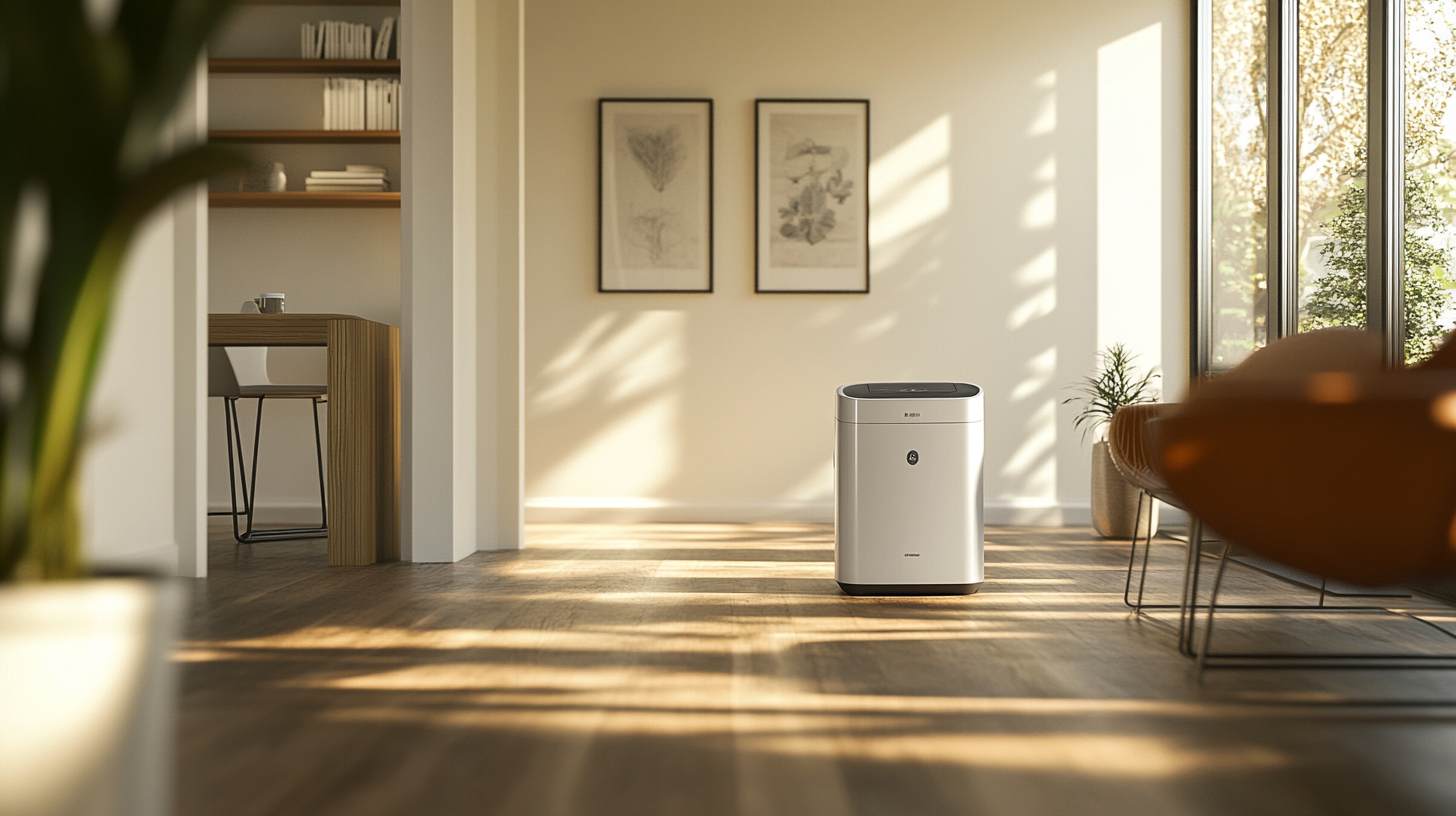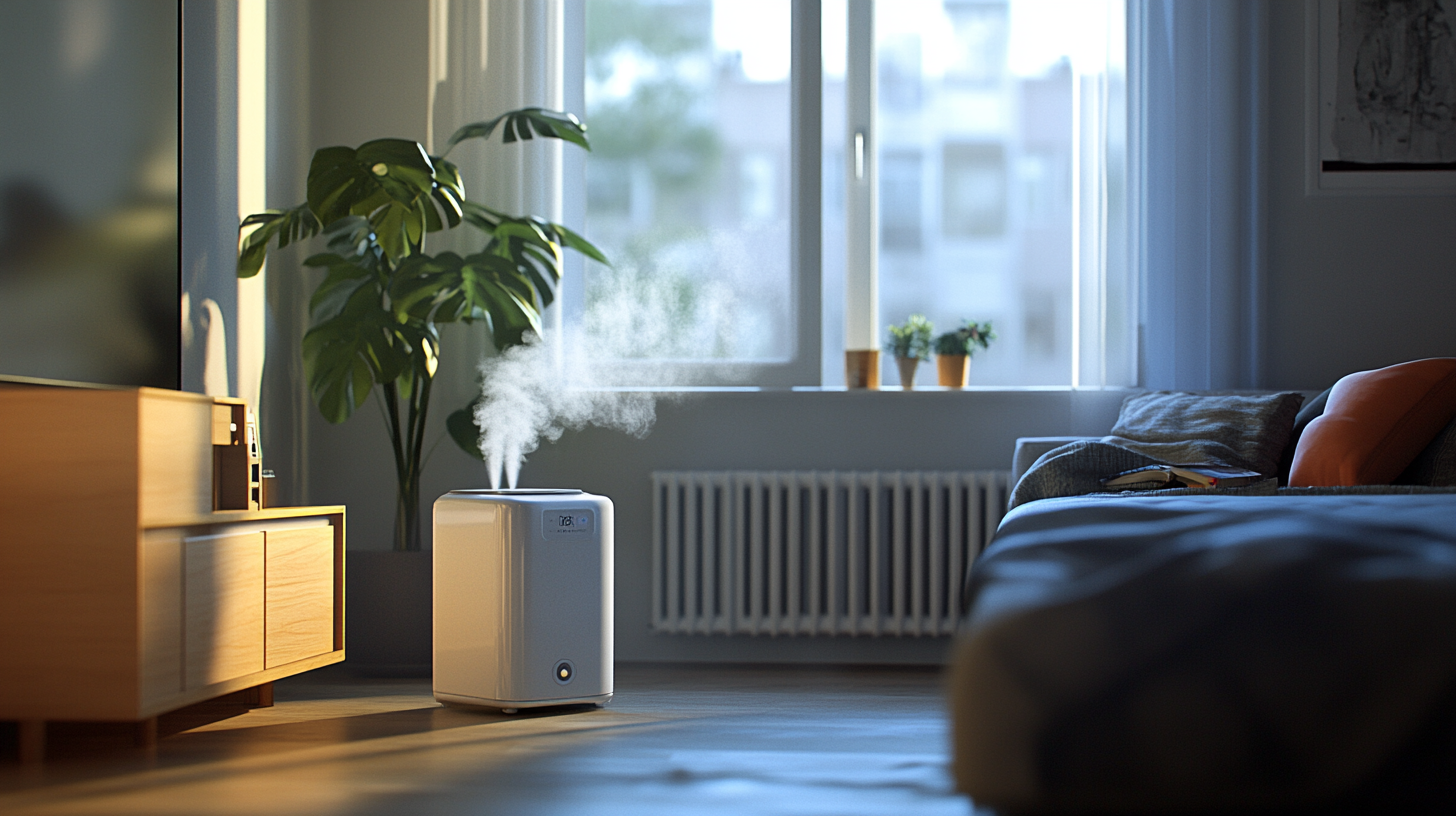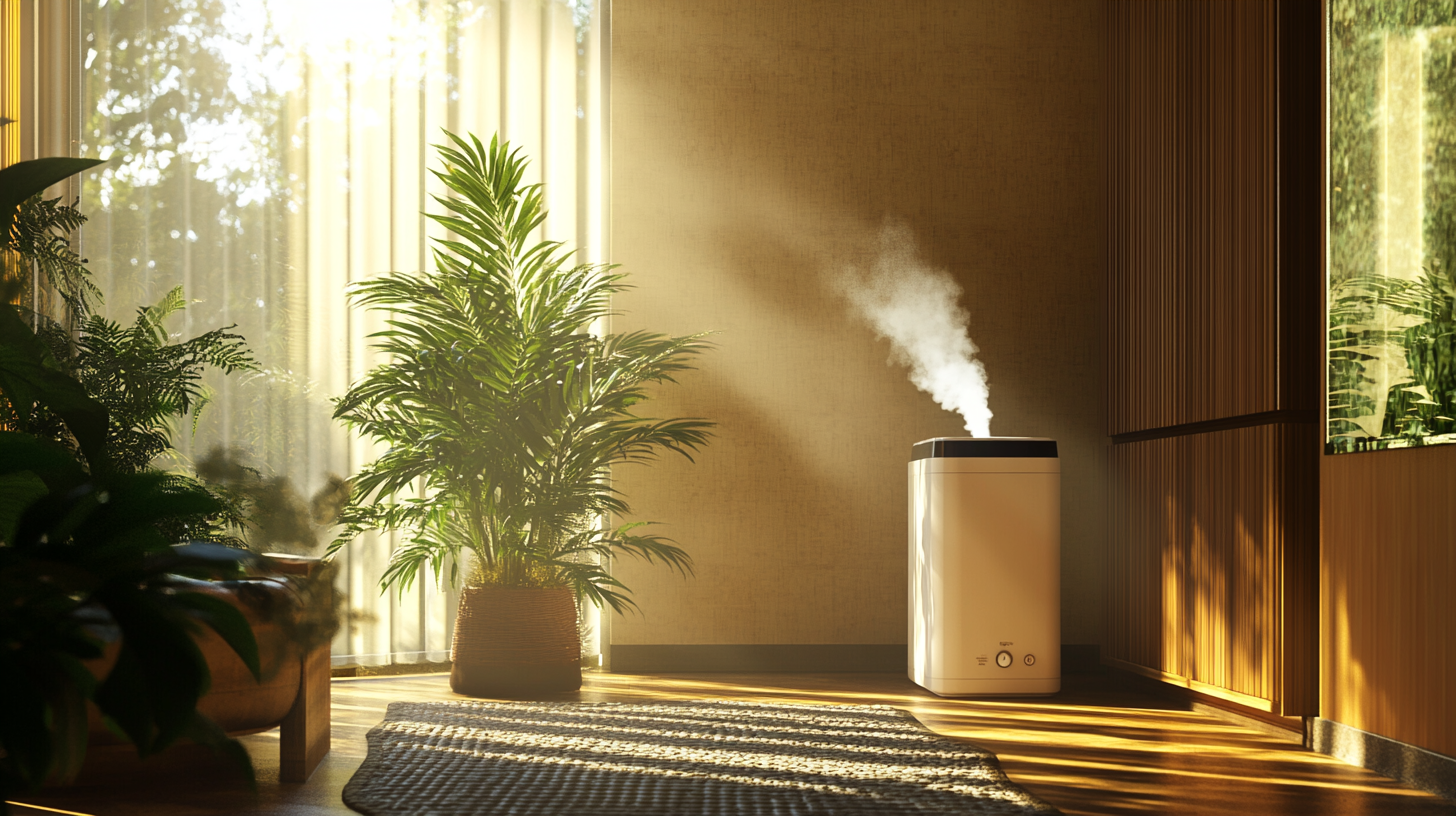A dry and leak-free basement is essential for maintaining a healthy home environment and protecting your property's structural integrity. When it comes to waterproofing basement walls, interior techniques offer a practical and cost-effective solution for many homeowners. In this comprehensive guide, we will explore effective techniques for waterproofing basement walls from the inside, providing you with the knowledge and steps needed to safeguard your underground space against moisture-related issues.
Understanding Interior Basement Wall Waterproofing
Understanding the principles of interior basement wall waterproofing is an essential step toward creating a drier, healthier, and more functional underground space. Interior waterproofing focuses on managing moisture infiltration from inside your basement, making it a popular choice for homeowners dealing with water seepage, high humidity, or minor leaks. By comprehending the core concepts of this method, you can take informed steps to protect your basement from the adverse effects of moisture.
One of the central tenets of interior basement wall waterproofing is the use of specialized coatings, often known as waterproofing paints or sealants. These coatings are designed to create a moisture-resistant barrier on the interior surface of your basement walls. When properly applied, they prevent water and moisture from penetrating the walls, effectively shielding your basement from the risks of mold growth, structural damage, and a damp, uncomfortable environment. Additionally, interior waterproofing often involves addressing minor cracks or gaps in the walls, sealing them to prevent any potential water ingress. Understanding these fundamental principles is a crucial first step in the process of safeguarding your basement and preserving your home's value and integrity.
The Importance of Waterproofing Basement Walls Internally
The importance of waterproofing basement walls from the inside cannot be overstated when it comes to preserving the integrity and value of your home. Your basement is a critical component of your property, and any moisture-related issues in this space can have far-reaching consequences. Internal basement wall waterproofing is a proactive and cost-effective measure that helps protect your basement from water intrusion, mold, and structural damage, ensuring a safe, comfortable, and resilient living environment.
Water intrusion can lead to a host of problems, from mold and mildew growth to rotting wood and weakened foundations. By applying waterproofing coatings on the interior walls, you create a robust barrier that prevents moisture from penetrating. This not only safeguards your basement but also improves the air quality throughout your home, reducing the risk of health issues associated with mold and allergens. Furthermore, by preventing moisture damage, you enhance the overall structural integrity of your property, ultimately protecting your most significant investment - your home. Internal basement wall waterproofing is a worthwhile investment that offers both immediate and long-term benefits, making it an essential home improvement project for any homeowner.
Common Interior Waterproofing Methods for Basement Walls
When it comes to keeping your basement dry and free from moisture-related problems, various interior waterproofing methods can prove highly effective. These methods are especially valuable if you're dealing with minor leaks, high humidity, or a desire to proactively protect your basement. Some common techniques include the use of waterproofing paints and sealants, which form a protective barrier on the interior walls, preventing water infiltration and the growth of mold. Additionally, interior drainage systems like sump pumps are often used to redirect and manage water that might enter the basement, ensuring it's properly drained away from the foundation.
Crack injections are another prevalent method in interior waterproofing. These involve sealing cracks or gaps in the basement walls using specialized compounds. This technique is ideal for addressing minor wall imperfections and preventing them from becoming entry points for water. However, when dealing with more significant water intrusion issues, it's essential to consider interior drainage systems or other comprehensive methods. By understanding these common interior waterproofing methods and choosing the one best suited to your specific needs, you can protect your basement from moisture-related issues and create a healthier, more durable living space.
FAQs
-
What is interior basement wall waterproofing, and how does it work?
Interior basement wall waterproofing involves applying coatings or sealants on the inside surface of your basement walls to create a moisture-resistant barrier. These coatings prevent water from infiltrating the walls, protecting your basement from potential moisture issues. The technique essentially stops moisture before it can penetrate the interior.
-
When is interior basement wall waterproofing the best solution?
Interior waterproofing is an excellent choice when dealing with minor water seepage, high humidity, or if you want to proactively protect your basement. It's also practical when exterior waterproofing isn't a viable option due to landscaping, budget constraints, or other factors.
-
What are the primary materials used for interior basement wall waterproofing?
The primary materials used include waterproofing paints, sealants, and coatings. These are designed to adhere to the interior surface of the walls, creating a barrier against moisture. In some cases, patching compounds are used to seal minor cracks or gaps in the walls.
-
Is interior basement wall waterproofing a DIY project, or should I hire a professional?
Interior waterproofing can be a DIY project for those comfortable with basic home improvement tasks. However, it's essential to assess the extent of the work and your own skills. For extensive projects or if you're uncertain about the process, consulting with professionals is recommended to ensure a reliable and long-lasting solution.
-
Can interior waterproofing methods be used in conjunction with exterior waterproofing?
Yes, it's possible to combine interior and exterior waterproofing methods for comprehensive protection. While interior waterproofing addresses moisture that has already penetrated, exterior methods prevent it from reaching the foundation walls. Combining the two approaches can provide a robust defense against water infiltration and safeguard your basement more effectively.
Contact Crawl Logic Today!
Crawl Logic will do everything we can to ensure your experience with us is excellent.
Request A FREE Estimate
We will get back to you as soon as possible.
Please try again later.
CHECKOUT RECENT POST



Schedule Your FREE Crawl Space Evaluation!
Did you know YOU DON'T HAVE TO BE HOME for us to provide you with your 100% FREE crawl space inspection and report?
CHOOSE THE BEST OPTION, CRAWL LOGIC!
Ready to Elevate Your Experience? Let's embark on a journey to success together! Our team is dedicated to delivering excellence and innovation tailored to your unique needs. Connect with us now to discover how our services can transform your vision into reality. Your next big leap starts here
HOURS
Monday: 8:00AM - 5:00PM
Tuesday: 8:00AM - 5:00PM
Wednesday: 8:00AM - 5:00PM
Thursday: 8:00AM - 5:00PM
Friday: 8:00AM - 5:00PM
Saturday: 8:00AM - 5:00PM
Sunday: 8:00AM - 5:00PM
Copyright © 2020 Crawl Logic - Franklin Crawl Space Encapsulation and Repair
